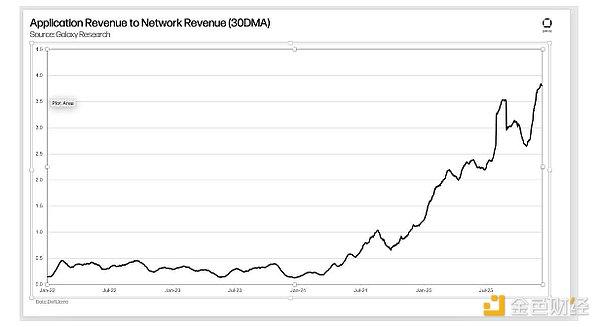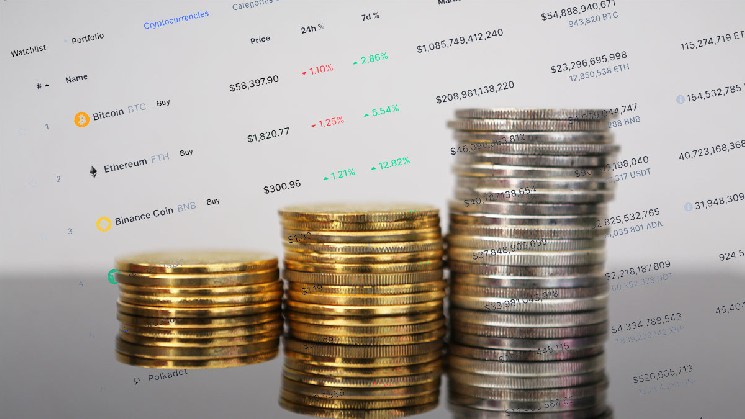Glow operates a DePIN network of solar farms in the US and India, and then rewards the highest performing farms with GLW tokens.
 Glow, a solar energy project based on the DePIN model, raises $30 million
Glow, a solar energy project based on the DePIN model, raises $30 million
Glow Labs, the developer of the Glow solar energy project operating on the DePIN model on the Ethereum platform, has raised $30 million in the latest funding round led by Framework Ventures and Union Square Ventures.
Out of the total $30 million, $6.5 million will be used by the project team to fund the development activities of Glow Labs, and $23.5 million will be allocated to expand the solar farms in India.
"Glow is on a mission to power the planet with 100% renewable energy...To achieve this, Glow leverages the core principles of the DePIN model, creating a virtuous cycle of accelerating solar energy similar to how Bitcoin mining works."
CEO and co-founder David Vorick plans to use the funding to scale the capacity from 5 megawatts to 600 megawatts within the next 18 months, as well as expand to new countries. A 4-megawatt solar farm is expected to be operational in India soon.
EXCLUSIVE: Glow, a blockchain solar company, raises $30 million from Framework and Union Square Ventures https://t.co/oDFAO3T7Ze
— Glow Foundation (@GlowFND) October 31, 2024
Glow is a solar energy project built on the Ethereum platform, aiming to achieve 100% renewable energy by decentralizing power grids globally.
Glow operates a decentralized physical infrastructure (DePIN) network of solar farms in the US and India. To incentivize better performance of the farms on its network compared to "dirty" power grids, the founders have designed an economy based on a subsidy and token-based incentive model.
Glow supports struggling solar farms by covering their operating costs with funding from financial investors, including crypto investors or private capital, who see the profit potential, according to David Vorick. He calls this "regenerative subsidies." The farms then have to contribute their electricity revenue to an incentive pool to be redistributed to other solar farms.
To reward these farms, Glow conducts periodic audits to assess and verify the electricity output and carbon credits of Glow—a carbon credit version Vorick created, different from traditional tax credits for reducing greenhouse gas emissions, which he says are ineffective.
175,000 tokens will be allocated weekly to the highest performing farms. Each farm owner receives USDC stablecoins for producing Glow carbon credits and GLW tokens for electricity generation. GLW tokens are used to purchase carbon credits, and then these tokens will be removed from circulation, creating price pressure and value for the Glow ecosystem.
"The Glow economy and glow token are collateralized by the value of the solar energy assets being produced on the protocol. The solar farms built are expected to eliminate over 85,000 tons of CO2 emissions over their lifetime".
DePIN projects are typically blockchain-based alternatives to traditional centralized physical infrastructure like data networks, transportation, or power grids. In recent months, several DePIN projects have received funding, including Mawari Network, DAWN, peaq, io.net.
Compiled by Coin68
Join the discussion on the hottest DeFi issues in the Fomo Sapiens chat group with Coin68 admins!








